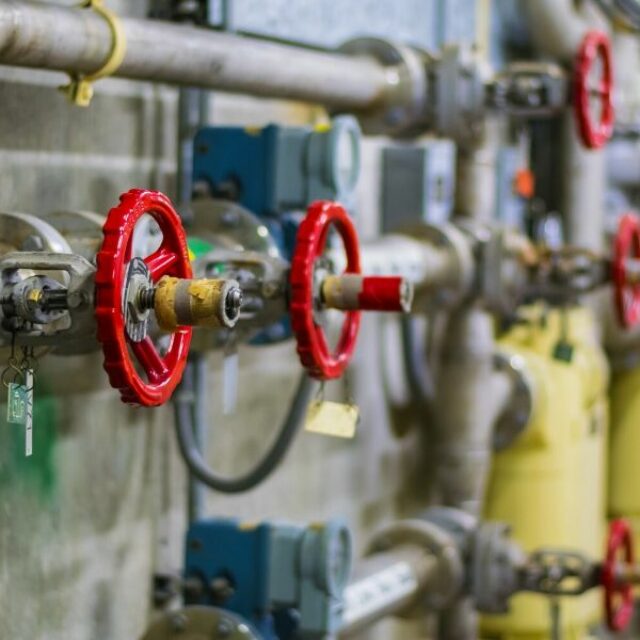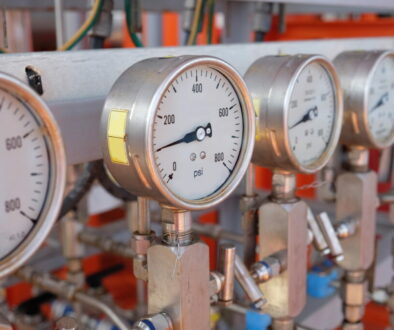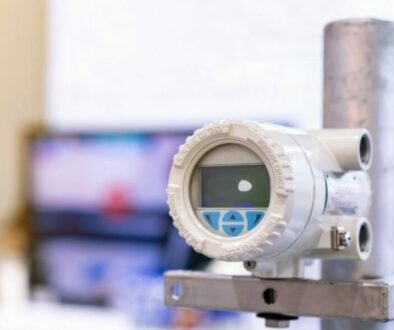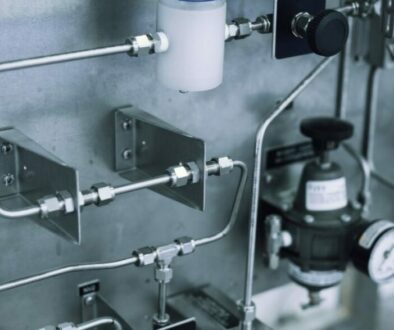Closed vs. Open Loop Control Valves
Complex motion control problems arise from fluid or gas power applications because no matter the medium, it doesn’t respond to control inputs in a linear way. The decision to use closed loop or open loop control depends on the feedback and how the motion system utilizes it. Closed vs. open loop control valves might perform the same function, but they do so in different ways, and the output is different. Open loop systems don’t require the setup and programming that closed loop systems do, but they aren’t as flexible and precise either. Using feedback in closed loop systems will provide smooth and precise motion. To do that, though, a motion controller that can interpret the feedback information is necessary.
When to Use Closed Loop Control
Closed loop control allows for precise following of motion profiles, repeatable motion, high speed and accuracy, and lower maintenance costs through smoother motion. Depending on the needs of the application, closed loop control is attainable with different levels of sophistication or complexity. Some analog controllers operate with proportional control. The controllers drive output changes as a function of the difference between the actual and target temperature or flow. Applications that need profile synchronization or gearing of one axis over another should use closed loop control. Also, those that require a high degree of operational flexibility or accurate speed should use a closed loop control. The closed loop system is best for solutions that need to maintain precision with changing loads or environmental conditions.
When to Use Open Loop Control
Open loop control is not as precise as closed loop. They are easy to set up, don’t require tuning, support high speed motion, and are less susceptible to unwanted motion if a load is suddenly removed. Because of that, open loop control is better suited for systems where precise positioning or velocity control of the actuator isn’t critical. In open loop systems there is no control device attempting to match the actual velocity of the fluid or gas being exerted to an inputted target value. There is a desired target, but how the system arrives at that target isn’t important. The open loop system is used when speed is the most important factor, and precision is secondary. Operations like retracting a tool after a machining step is complete or positioning a tool before it meets a work piece utilize open loop systems.
Kelly Pneumatics has been making high-quality precision pneumatic pressure regulators since 2004. Contact us today and tell let us create a custom solution for you.




